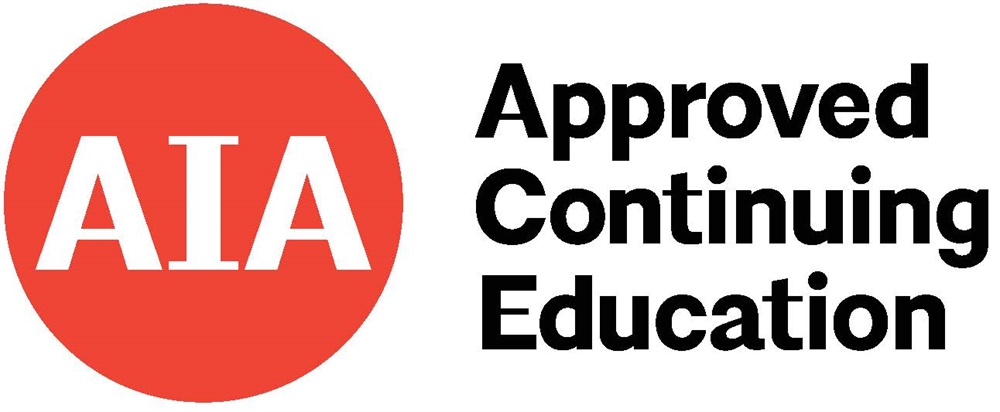Adaptive Repurposing of Unbonded, Post-Tensioned Structure
Total Credits: 1.0 including 1.0 PDH
- Categories:
- Webinar
- Presenter:
- Sivakumar Munuswamy
- Duration:
- 1 Hour
- Format:
- Audio and Video
- License:
- Never Expires.
Description
Program Description
Many practicing engineers, developers, property owners and property managers, concrete restoration contractors and professionals generally perceive that the existing unbonded single strand post-tensioned (PT) structural elements cannot be altered, add or remove portions or whole of the floor systems for rehabilitation or for dynamic and adaptive repurposing by converting the existing structure from original design purpose, into a change in use. For example, an office building converted into a residential building or a hotel hospitality building. Of late, these types of conversions are increasing in trend especially in the urban environment, driven by migration from the impact of the COVID 2019 pandemic and an increasing awareness of climate change, and a need for sustainable and efficient use of existing structures. Through a case-study of an ongoing adaptive repurposing structure project, this presentation burst the myth on adaptability of unbonded PT structural systems. An existing mixed-use multi-storied (36+ stories) residential PT structure in downtown Miami, is being repurposed as a hotel building, by removing two of the intermittent PT floors to accommodate high ceiling lobbies, extending PT slab areas to introduce indoor and a roof top pool, and create openings in PT slabs across the entire structure to run shafts to accommodate new HVAC and MEP lines through the floor system. Apart from assessing the existing structural member's capacity and strengthening the members to accommodate new geometrical configuration and loading conditions, adding new structural elements to ensure structural integrity, a properly planned demolition schedule allowed removal of part or whole of PT floor system such that the repurposed structure safely and effectively serves its intended new use.
Learning Objectives
Through participating in this program, attendees will...
- Understand the basics of the unbonded Post-Tensioning (PT) structural system
- Review salient details to consider prior to upcycling/repurposing of existing PT structures,
- Analyze processes and specifications preparation for repurposing PT structures, and
- Case study review of field issues during the implementation of modifications to PT floor system
Continuing Education*
- 1.0 ICRI Professional Development Hours (PDH)
- 1.0 AIA Learning Units (LUs)

*Continuing education certificates (PDH & LU) are only available to individuals who have registered and logged into the webinar through their ICRI Learning Center account.
Disclaimer: the ideas expressed in this ICRI-hosted webinar are those of the speaker(s) and do not necessarily reflect the views and opinions of ICRI, its board, committees, or sponsors.
Presenter

Sivakumar Munuswamy Related Seminars and Products
Dr. Siva Munuswamy is a Senior Vice-President, with PTE Systems International, Florida. He has been serving the civil and structural engineering industry for over 40 years. He is a licensed Professional Engineer, and as a subject matter expert in post-tensioned (PT) concrete, designed, and peer reviewed numerous high-rise PT structures, evaluated, and investigated structural failures, and developed and implemented remediation specifications. He has investigated many building failures and testified as an expert on many litigations. He has been involved in technical committees with American Society of Civil Engineers (ASCE), Post-Tensioning Institute (PTI), American Concrete Institute (ACI). He has published numerous refereed journal articles on the subject matter and presented at various organizations at various global venues. As an Adjunct Professor at Florida Atlantic University, Dr. Munuswamy teaches Reinforced Concrete Design. He has a Bachelor’s and a Master’s degree in Structural Engineering from Bharathiar University, India and earned a Doctoral degree from Florida Atlantic University (FAU), Boca Raton.
